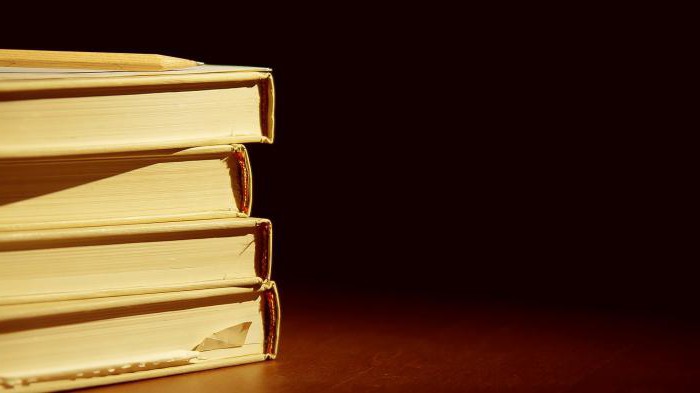Philosophers have long tried to explainnature is logically the causes of the processes occurring in it, the connection between its phenomena, to find in it the meaning and the main or primary basis. This philosophical direction was called the name of natural philosophy. The first stage in the development of this direction was the natural philosophy of antiquity, the most typical representatives of which are the Milesian school and the followers of Pythagoras (the pre-Socratic period, 7th-6th centuries BC).
The philosophers of the Milesian school were distinguished by pragmatism.and the search for a unified beginning of nature combined with practical inventions, such as astronomical instruments, maps, sundials. So, Thales considered matter alive, and the main origin was water. Anaximander called the original matter "apeiron", believing that as a result of the contradictions existing in it (warm-cold), a world arose. He, too, was a hylozoist, that is, he believed in the animate nature of matter. Anaximenes represented the origin as air, and Heraclitus as fire. Pythagoras and the Pythagoreans saw in numbers the mystical basis of all things and their ciphered essence. All of them were united by the conviction that everything in space is interconnected, animated, everything - people, gods, animals - has its place and purpose.
Interestingly, the philosophy trying to explainnature in a similar way and even to some extent restoring the cosmocentrism of antiquity, reappeared in the Renaissance. The natural philosophy of the Renaissance is characterized by an attempt not only to explain nature, but also to combine Christian philosophy with cosmocentrism and even with pantheism. The theoretical and epistemological background of this way of thinking rightfully belong to Nikolai Kuzansky, a native of the peasant family, who became the cardinal. He tried to explain philosophy and theology with mathematical symbols, like the Pythagoreans, and he also justified a kind of identity between Nature and God. God, from the point of view of Nikolai Kuzansky, is the Absolute Being, where the minimum and the maximum coincide, but this is the Absolute in a “collapsed” form, accessible to faith. He "unfolds" in Nature, and then the mind can comprehend it. He expressed several ideas that had anticipated both Copernicus’s theory and elements of Hegel’s dialectic.
Natural Philosophy of the Renaissance, reasonableNicholas of Cusa, was developed and actually founded by the Neapolitan Bernardino Telezio. God, of course, created the world, being the first impetus, pouring into the world, but He is transcendental to the world, and therefore the material principle reigns in the latter. All things are material, although the principle of materiality itself is invisible. Reason and science are called to learn nature, which is independent and is the only source of knowledge. By studying nature, one can rise to God. He revived the ancient Hylozoism, believing that all matter is capable of feeling, and put forward the theory that all movement in nature is generated by the presence of opposites.
Bernardino Telezio created in his hometownSociety of Nature Explorers (Academia Telesiana). We can say that the natural philosophy of the Renaissance is represented by natural scientists of this time, for example, Leonardo da Vinci, who proposed a methodology for studying nature and anticipated the experimental mathematical method of research by Francis Bacon. This method was developed by Galileo Galilei, who, like Telezio, believed that God created the world, but he begins to develop according to his own laws, and their study is possible only through experiments.
Astronomers Nicolaus Copernicus, Johann Kepler and Tychode Brahe, like many Renaissance figures, also contributed to the philosophy of nature. The natural philosophy of the Renaissance is due to Copernicus because with his work “On the Appeals of Celestial Bodies” he actually removed the Earth from the astronomical, and man from the “ideological” center of the Universe, putting Cosmos there, contrary to the scientific paradigm of his time. No wonder on his grave is written: "He stopped the sun and moved the Earth." Kepler and Tycho de Brahe mathematically proved the doctrine of Copernicus on the inversion of the planets and calculated the laws of their movement.
The natural philosophy of the Renaissance is represented byTwo interesting figures are Giordano Bruno and Paracelsus (Theophrast Bombast from Gogehheim). Bruno also did not deny that God is dissolved in Nature, and therefore Nature must be infinite in both its states (modes) - that is, in spirit and in space. Therefore, there must be not only the Earth, but many worlds, and the Sun is one of the stars. Like most natural philosophers, Bruno also considered nature at the same time material and animate, bearing the unity of both principles. Paracelsus was simultaneously a doctor, an astronomer and an alchemist. He, too, was convinced that there is a universal connection in nature, and that it is animated, but he believed that this connection is “magical-mystical,” and therefore one key is possible to “discover nature.” The natural philosopher was popular not only among his contemporaries - there were legends about him, and he is one of the prototypes of Dr. Faust in European literature.











